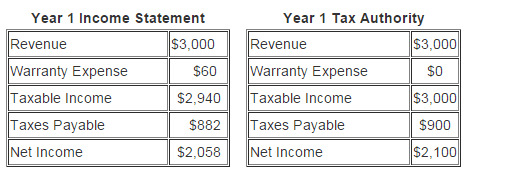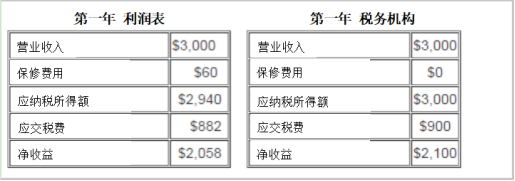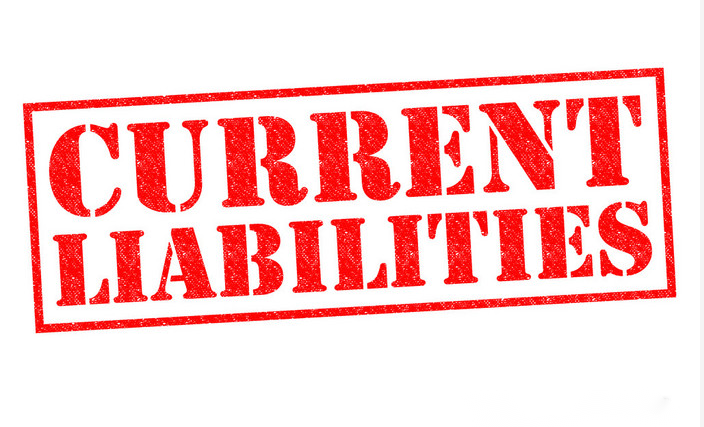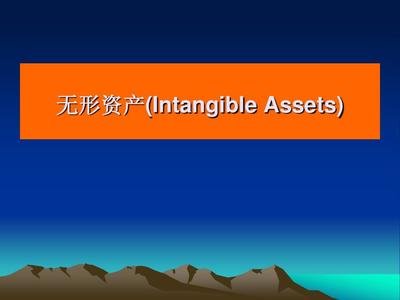
财报术语Deferred Tax Asset
Deferred Tax Asset
递延所得税资产
By Julia Kagan
Reviewed By Lea D. Uradu
Updated May 26, 2020
编写人:Julia Kagan
审核人:Lea D. Uradu
于2020年5月26日更新
What Is a Deferred Tax Asset?
什么是递延所得税资产?
Items on a company's balance sheet that may be used to reduce taxable income in the future are called deferred tax assets. The situation can happen when a business overpaid taxes or paid taxes in advance on its balance sheet. These taxes are eventually returned to the business in the form of tax relief. Therefore, overpayment is considered an asset to the company. A deferred tax asset is the opposite of a deferred tax liability, which can increase the amount of income tax owed by a company.
递延所得税资产是指未来预计可以用来减少应纳税所得额的资产,为公司资产负债表列示的项目。公司超额缴纳所得税或提前缴纳所得税(计入资产负债表)会产生递延所得税资产。这些税款最终会以税款减免的方式返回给公司。因此,溢缴税款被视为公司资产。递延所得税资产与递延所得税负债相反,后者会增加公司所欠所得税金额。
Deferred Tax Asset
递延所得税资产
Understanding Deferred Tax Assets
了解递延所得税资产
Deferred tax assets are often created due to taxes paid or carried forward but not yet recognized on the income statement. For example, deferred tax assets can be created due to the tax authorities recognizing revenue or expenses at different times than that of an accounting standard. This asset helps in reducing the company’s future tax liability. It is important to note that a deferred tax asset is recognized only when the difference between the loss-value or depreciation of the asset is expected to offset future profit.
所得税已缴纳或结转但尚未在利润表中确认通常会产生递延所得税资产。例如,如果税务机构确认的不同时间的收入或费用多于会计准则中确认的收入或费用,则产生递延所得税资产。该资产有助于减少公司未来的税负。需要注意的是,只有当资产损失价值与资产减值之差预计能够抵消未来收益时,才会确认递延所得税资产。
Key Takeaways
关键要点
· A deferred tax asset is an item on the balance sheet that results from overpayment or advance payment of taxes.
· 递延所得税资产是资产负债表内的一个项目,产生原因是超额缴纳所得税或提前缴纳所得税。
· It is the opposite of a deferred tax liability, which represents income taxes owed.
· 递延所得税资产与递延所得税负债相反,后者表示公司所欠所得税金额。
· A deferred tax asset can arise when there are differences in tax rules and accounting rules or when there is a carryover of tax losses.
· 税收规则与会计准则存在差异或结转纳税损失,会产生递延所得税资产。
· Beginning in 2018, most companies can carryover a deferred tax asset indefinitely.
· 自2018年起,大多数公司可以无限期结转递延所得税资产。
A deferred tax asset can conceptually be compared to rent paid in advance or refundable insurance premiums; while the business no longer has cash on hand, it does have comparable value, and this must be reflected in its financial statements.
从概念上讲,递延所得税资产好比预付的租金或可退还的保险费;虽然公司不再持有库存现金,但确实拥有可比价值,这一点必须在资产负债表中反映出来。
How Deferred Tax Assets Arise
递延所得税资产的产生
The simplest example of a deferred tax asset is the carryover of losses. If a business incurs a loss in a financial year, it usually is entitled to use that loss in order to lower its taxable income in the following years. In that sense, the loss is an asset.
对递延所得税资产而言,最简单的例子就是结转亏损。若公司在一个财务年度出现亏损,则通常有权在未来几年里利用该亏损以达到降低应纳税所得额的目的。从这种意义上来说,该亏损即为资产。
Another scenario where deferred tax assets arise is when there is a difference between accounting rules and tax rules. For example, deferred taxes exist when expenses are recognized in the income statement before they are required to be recognized by the tax authorities or when revenue is subject to taxes before it is taxable in the income statement. Essentially, whenever the tax base or tax rules for assets and/or liabilities are different, there is an opportunity for the creation of a deferred tax asset.
另一种情况是,若会计准则与税务规则存在差异,则会产生递延所得税资产。例如,费用在税务机构按要求确认之前已经在利润表中确认,或收入在利润表中记为应纳税之前已经纳税,会产生递延所得税。从本质上来说,只要有关资产和/或负债的税基与税收规则存在差异,就有机会产生递延所得税资产。
Practical Example of Deferred Tax Asset Calculation
递延所得税资产计算的实例


A computer manufacturing company estimates, based on previous experience, that the probability a computer may be sent back for warranty repairs in the next year is 2% of the total production. If the company's total revenue in year one is $3,000 and the warranty expense in its books is $60 (2% x $3,000), then the company's taxable income is $2,940. However, most tax authorities do not allow companies to deduct expenses based on expected warranties; thus the company is required to pay taxes on the full $3,000.
一家计算机制造公司根据以往经验估计,一台计算机在第二年被送回厂家保修的概率占总产量的2%。若该公司第一年的总收入为3,000美元,入账保修费用为60美元(2% x 3,000美元),那么该公司的应纳税所得额为2,940美元。但是,大多数税务机构不允许公司在预计保修的基础上扣除保修费用,因此该公司的应纳税所得额为3,000美元。
If the tax rate for the company is 30%, the difference of $18 ($60 x 30%) between the taxes payable in the income statement and the actual taxes paid to the tax authorities is a deferred tax asset.
若该公司的税率为30%,利润表所列应交税费与实际向税务机构缴纳的税费之差,即18美元(60美元 x 30%),就是递延所得税资产。
Important Considerations for Deferred Tax Assets
有关递延所得税资产的重要事项
There are some key characteristics of deferred tax assets to consider. First, starting in the 2018 tax year, they can be carried forward indefinitely for most companies, but are no longer able to be carried back.
需要注意一下递延所得税的某些关键特性。首先,自2018财务年度起,大多数公司可以无限期结转递延所得税资产,但无法移前扣减。
The second thing to consider is how tax rates affect the value of deferred tax assets. If the tax rate goes up, it works to the company’s favor because the assets’ values also go up, therefore providing a bigger cushion for a larger income. But if the tax rate drops, the tax asset value also declines. This means that the company may not be able to use the whole benefit before the expiration date.
第二,税率是如何对递延所得税资产的价值产生影响的。税率上涨对公司有利,因为资产的价值也会随之上涨,从而为获得更多的收益提供了更多的缓冲。但是,一旦税率下降,所得税资产的价值也随之下降。这就意味着,公司或许无法在期满之前使用全部收益。





